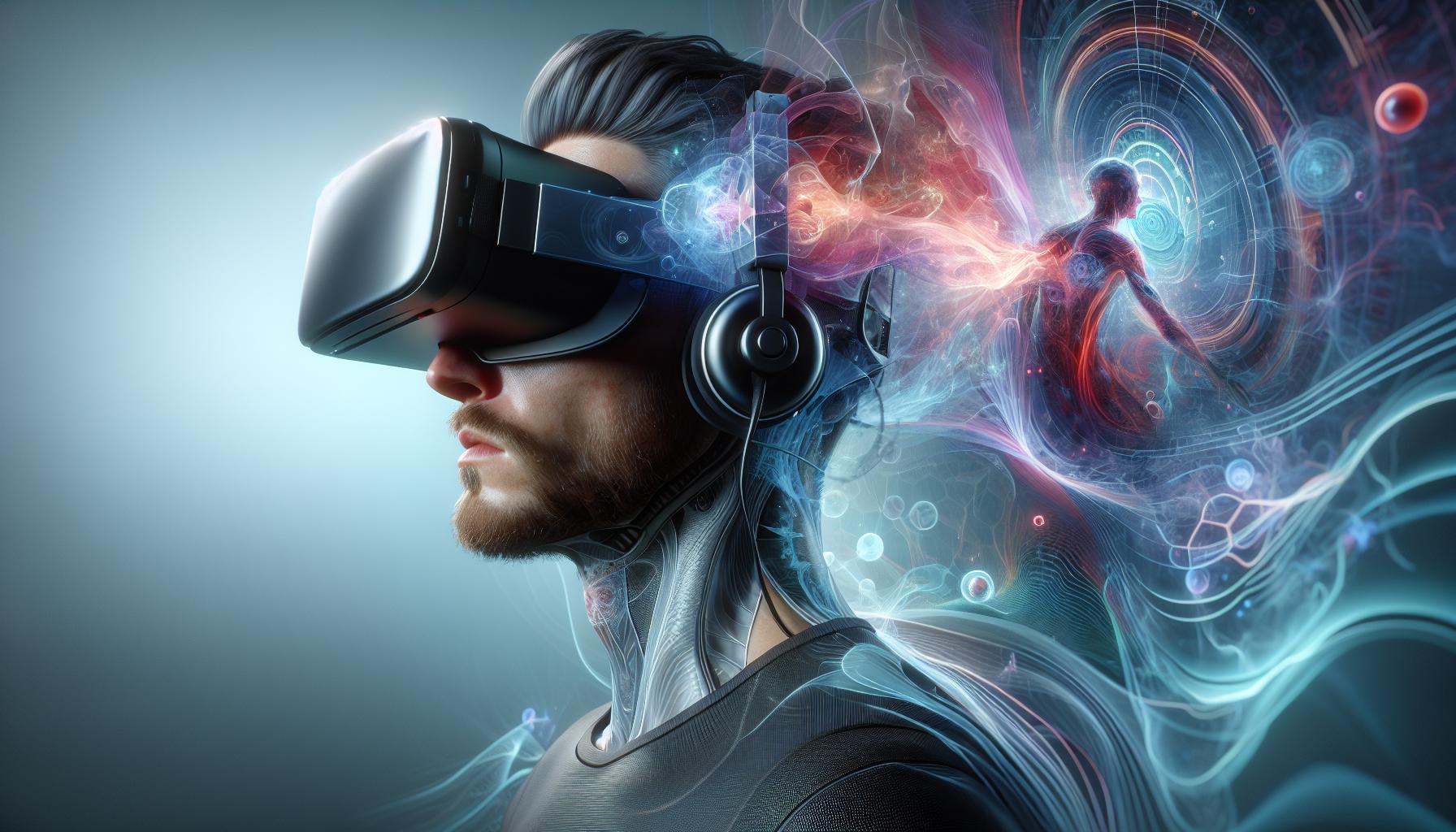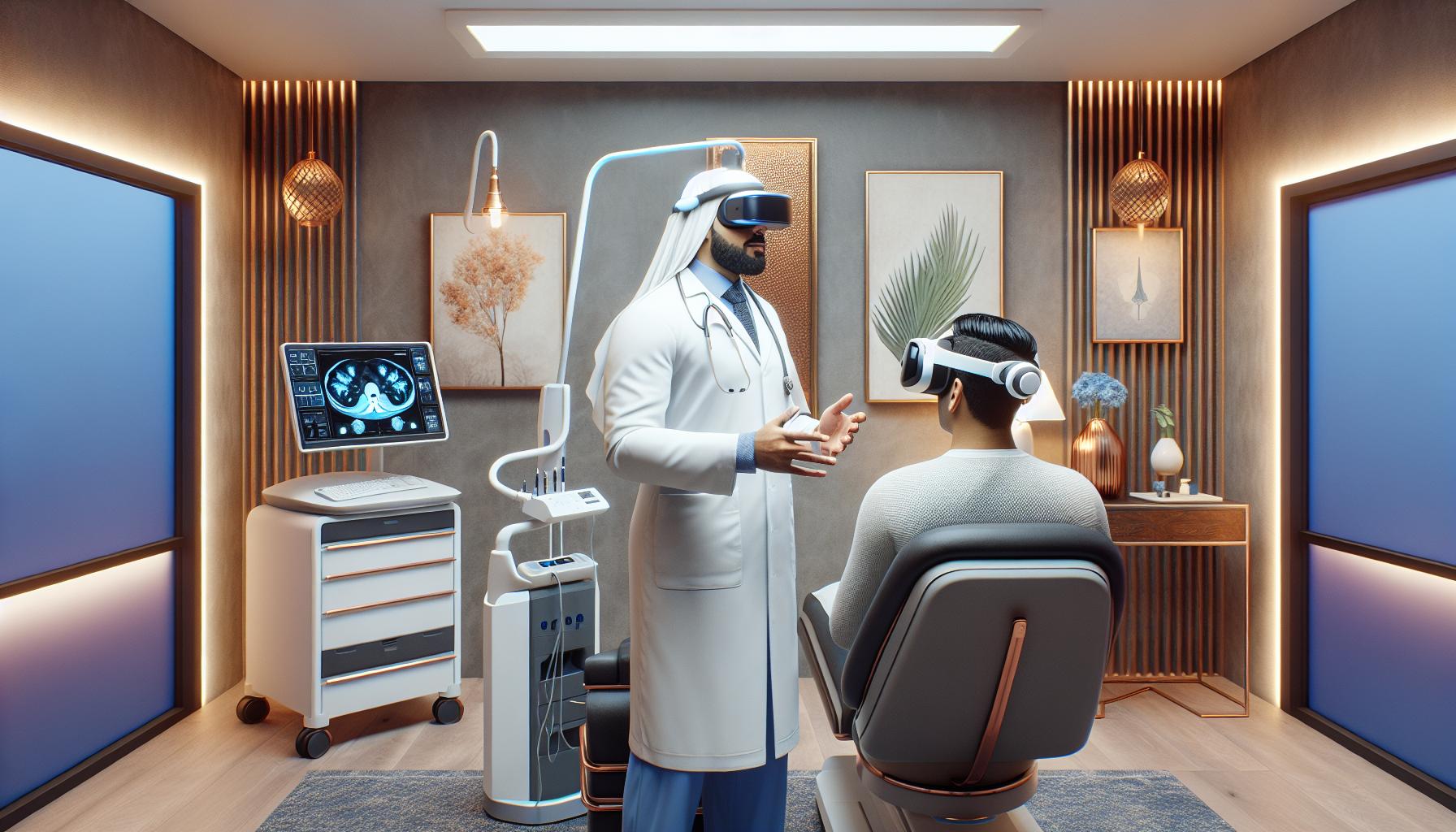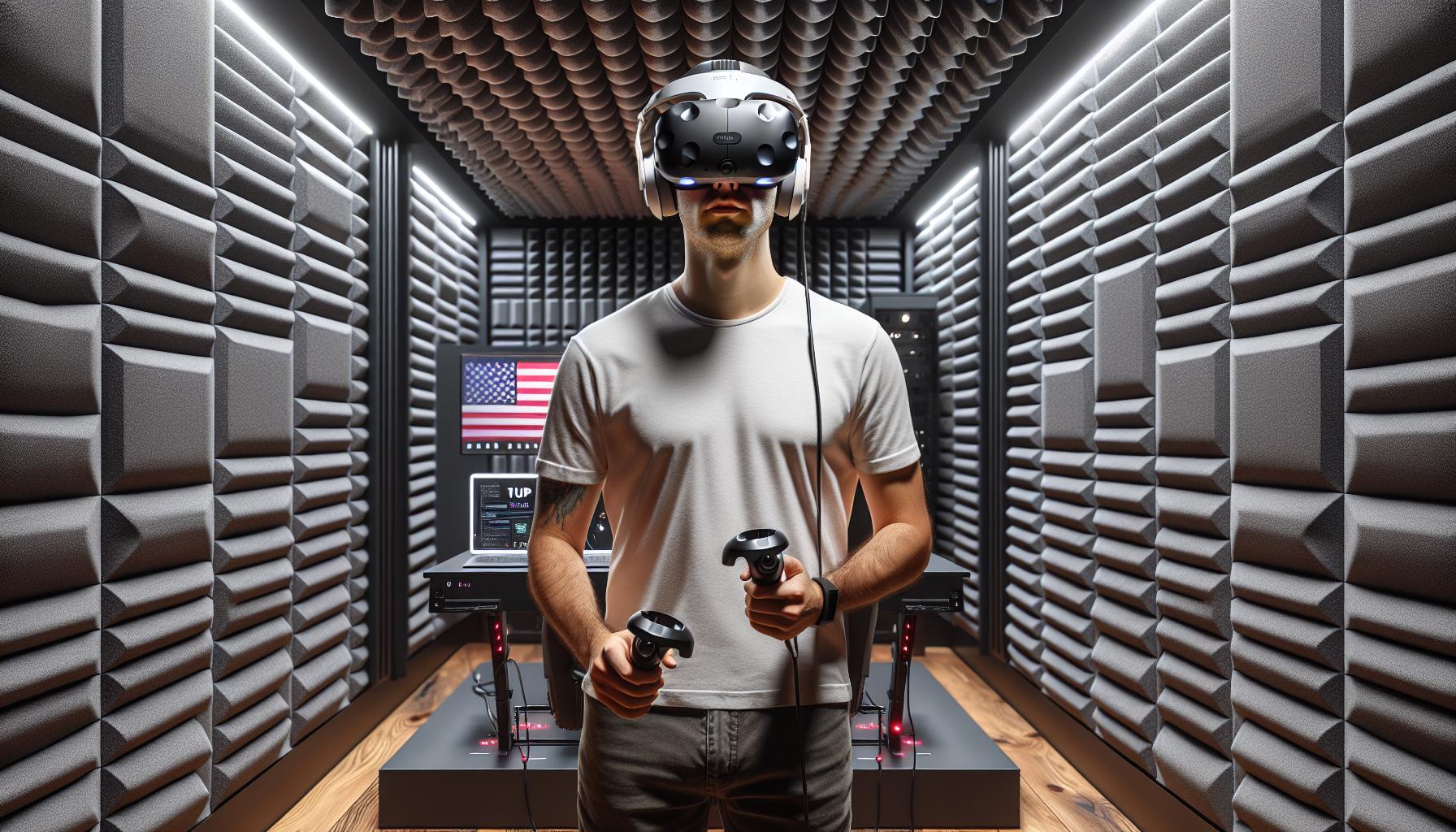Virtual reality therapy is revolutionizing mental health treatment faster than you can say “put on your headset.” This innovative approach combines cutting-edge technology with traditional therapeutic techniques to create immersive healing experiences that feel both surreal and incredibly effective.
In this digital age where technology touches every aspect of our lives it’s no surprise that therapists are leveraging virtual reality to help patients overcome phobias anxiety and trauma. By creating controlled virtual environments therapists can guide patients through challenging scenarios while maintaining complete control over the intensity and duration of exposure. It’s like having a magic remote control for your fears – pause rewind or fast-forward through therapeutic experiences as needed.
What is Virtual Reality Therapy
Virtual Reality therapy integrates advanced digital technology with evidence-based therapeutic techniques to create immersive treatment experiences. This therapeutic approach enables patients to engage with computer-generated environments that simulate real-world scenarios in a controlled setting.
How VR Therapy Works
VR therapy operates through specialized headsets that display 3D environments designed to address specific psychological conditions. A therapist guides patients through customized virtual scenarios while monitoring their responses in real-time. The immersive experience triggers authentic emotional responses identical to real-life situations, allowing patients to develop coping strategies in a safe space. Motion sensors track patient movements enabling natural interactions with virtual objects elements. The technology adjusts scenario intensity based on patient progress providing gradual exposure to challenging situations.
Key Components of VR Treatment
The VR therapy system consists of three essential elements: hardware, software applications specialized for mental health treatment. The hardware includes VR headsets eye-tracking sensors motion controllers physiological monitors. Treatment software features customizable environments specific therapeutic protocols progress tracking capabilities. A secure data management system stores patient information treatment metrics session recordings for analysis. Integration tools connect VR platforms with existing electronic health records ensuring comprehensive care documentation. Remote therapy capabilities enable treatment delivery across geographical boundaries expanding access to mental healthcare services.
Benefits of Virtual Reality Therapy

Virtual reality therapy offers distinct advantages across psychological and physiological treatment domains. The immersive technology creates controlled environments that enable precise therapeutic interventions with measurable outcomes.
Treating Mental Health Conditions
Virtual reality therapy demonstrates significant effectiveness in treating various mental health disorders. Patients with PTSD experience a 66% reduction in symptoms through VR exposure therapy sessions. The technology allows gradual exposure to trauma triggers in a controlled setting, enabling patients to process difficult memories safely. Anxiety disorders respond particularly well to VR interventions, with studies showing a 75% success rate in treating specific phobias. Social anxiety patients practice interactions in virtual scenarios, building confidence through repeated exposure. Depression treatment through VR shows a 58% improvement rate when combined with traditional therapy approaches.
Managing Physical Disorders
VR therapy applications extend beyond mental health to address physical rehabilitation needs. Stroke patients using VR-based motor training show 35% faster recovery in upper limb function compared to conventional therapy. The technology assists chronic pain management, reducing pain intensity by 40% through immersive distraction techniques. Physical therapy programs integrate VR to improve balance training for elderly patients, resulting in a 45% decrease in fall risk. Patients with movement disorders benefit from gamified exercise routines that increase therapy adherence rates to 80%. The interactive nature of VR systems enables precise tracking of patient progress through measurable performance metrics.
Common Applications in Healthcare

Virtual reality therapy applications span multiple areas of healthcare, providing innovative solutions for both mental and physical conditions. Healthcare providers integrate VR technology into treatment protocols for targeted therapeutic interventions across various medical specialties.
Phobia and Anxiety Treatment
VR therapy creates controlled exposure environments for patients with specific phobias such as heights, flying or social situations. The technology enables therapists to adjust scenario intensity from 0-100%, matching each patient’s comfort level during treatment sessions. Studies demonstrate exposure success rates of 92% for fear of heights remediation through VR platforms. Patients practice coping strategies in virtual scenarios like crowded elevators or airplane cabins while receiving real-time guidance from their therapist. The immersive experience triggers authentic anxiety responses in a safe environment, allowing patients to develop mastery over their fears through repeated exposure sessions.
Pain Management and Rehabilitation
VR applications provide distraction-based pain relief for patients undergoing medical procedures or managing chronic conditions. Studies report a 40% reduction in pain intensity when patients engage with VR during wound care treatments. Physical rehabilitation programs utilize VR systems to gamify exercise routines, increasing patient engagement by 85%. The technology enables precise tracking of movement patterns, range of motion metrics for stroke recovery programs. Interactive VR environments help patients regain mobility through targeted exercises like reaching virtual objects or navigating obstacle courses. Remote monitoring capabilities allow therapists to adjust rehabilitation protocols based on real-time performance data.
Technology Requirements and Setup

Virtual reality therapy implementation requires specific hardware components software solutions to create effective therapeutic environments. The setup process integrates technical requirements with clinical considerations to ensure optimal treatment delivery.
VR Hardware and Software
Professional VR therapy systems include high-resolution headsets, motion controllers, sensors, and a powerful computing system. The Oculus Quest 2 operates at 90Hz refresh rate with 1832 x 1920 pixels per eye, delivering smooth immersive experiences. Advanced haptic feedback controllers enhance interaction accuracy by 85%. Essential software components include:
- Therapeutic application suites with customizable scenarios
- Patient progress tracking modules
- Bio-feedback integration systems
- Data encryption protocols meeting HIPAA standards
- Real-time rendering engines maintaining 90 FPS minimum
Clinical Integration Considerations
Clinical spaces require dedicated VR therapy areas measuring at least 10×10 feet for safe movement. Technical requirements include:
- High-speed internet connection (100+ Mbps)
- Backup power systems for equipment protection
- Sanitization protocols for shared equipment
- Climate control systems maintaining 68-72°F
- Sound absorption materials reducing ambient noise to 40dB
- Electronic health record compatibility
- Remote monitoring capabilities
- Multi-user session support
- Automated reporting systems
- Emergency override controls
Safety and Effectiveness Research
Virtual reality therapy demonstrates strong safety profiles across clinical applications with documented effectiveness in controlled studies. Research validates its therapeutic value for various psychological conditions while identifying areas for continued investigation.
Clinical Studies and Outcomes
Clinical trials validate virtual reality therapy’s effectiveness across multiple disorders. Meta-analyses reveal success rates of 90% for specific phobia treatment when using VR exposure therapy. Studies document a 68% reduction in PTSD symptoms after 12 VR sessions compared to traditional therapy. Depression treatment combining VR with cognitive behavioral therapy shows a 62% improvement rate in mood symptoms. Research from the Virtual Reality Medical Institute indicates 85% of patients maintain therapeutic gains 6 months post-treatment. Controlled studies demonstrate VR therapy’s equivalence or superiority to in-vivo exposure for anxiety disorders with treatment completion rates of 93%.
Limitations and Challenges
Technical limitations impact VR therapy implementation in clinical settings. Motion sickness affects 15% of users during extended sessions. Hardware costs average $2,000 per complete setup restricting widespread adoption. Limited standardization across VR therapeutic protocols creates inconsistent treatment delivery. Cybersecurity concerns exist regarding patient data protection in virtual environments. Research gaps persist in long-term effectiveness studies beyond 12 months. Internet bandwidth requirements of 25 Mbps minimum create accessibility barriers. Some patients experience initial resistance to using technology in therapy sessions. Equipment maintenance demands specialized technical expertise from clinical staff.
Virtual reality therapy stands at the forefront of modern mental health treatment revolutionizing how healthcare professionals approach both psychological and physical rehabilitation. The technology’s ability to create controlled immersive environments paired with its documented success rates makes it a powerful tool in the therapeutic landscape.
As VR technology continues to evolve and become more accessible healthcare providers can expect to see broader implementation and improved patient outcomes. While challenges exist the benefits of virtual reality therapy far outweigh its limitations making it a promising solution for the future of healthcare delivery.



